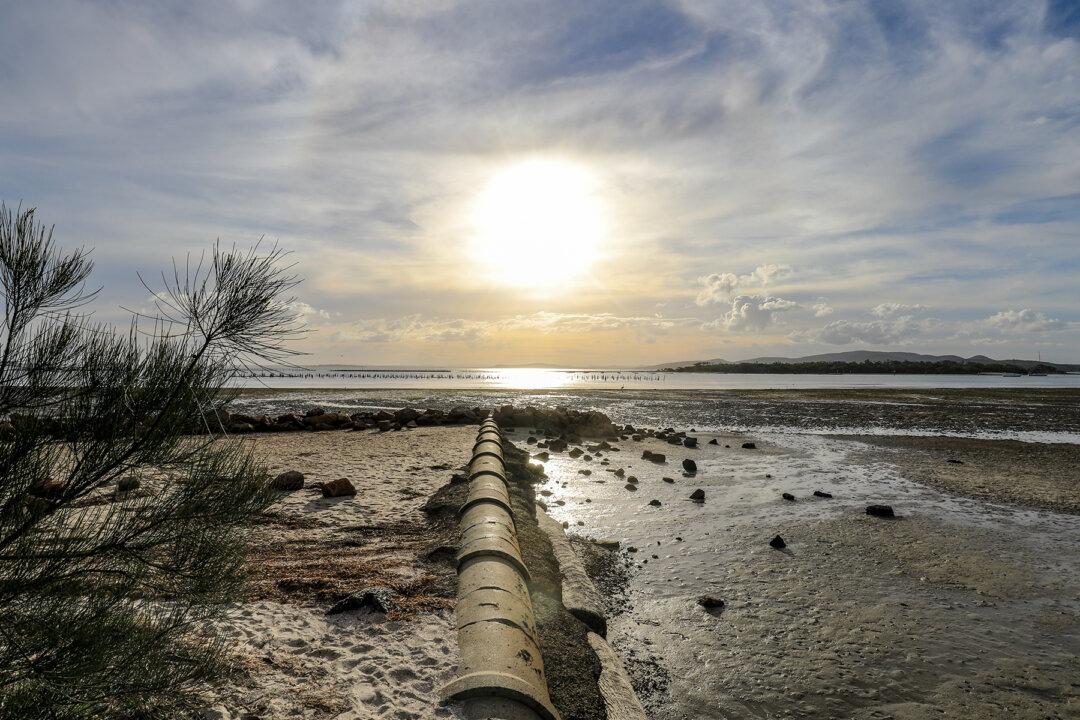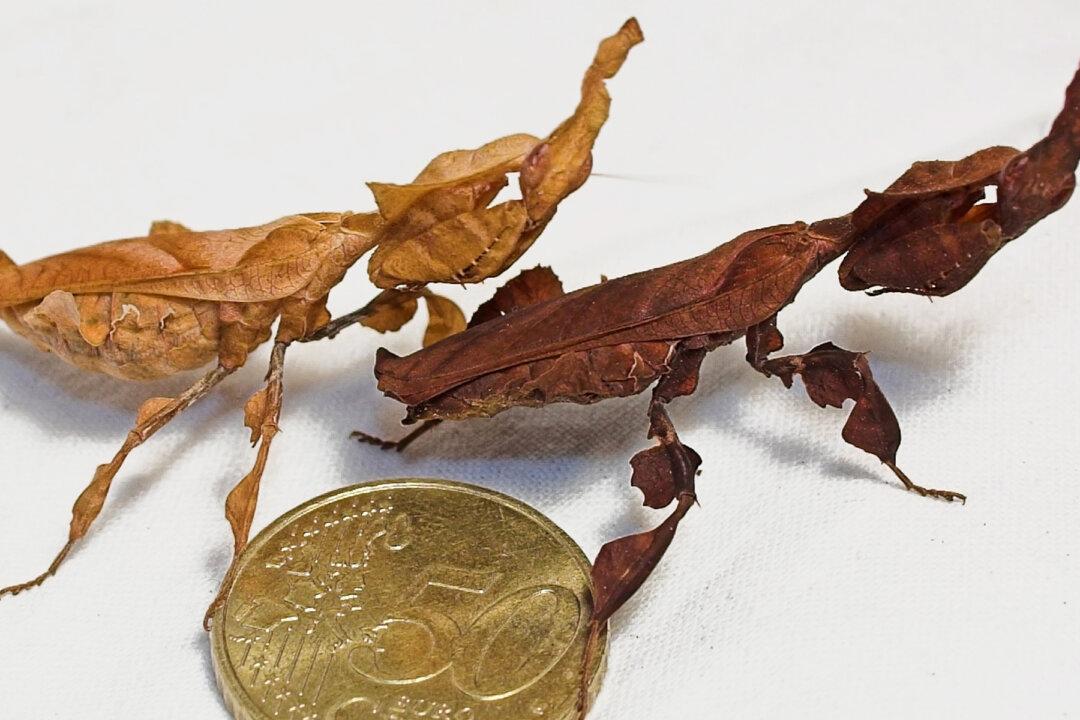In the summer of 2018, thousands of people around the world watched in horror as a video by an ocean protection organization showed a literal wave of garbage crashing into the shores of the Dominican Republic. While you might think this debris came from the island itself, in fact, the trash could have come from countries thousands of miles away.
As the research project “Plastic Adrift“ has shown, simple plastic bags washed off the coast of New York can end up being carried all the way to London by strong ocean currents in just three years.




